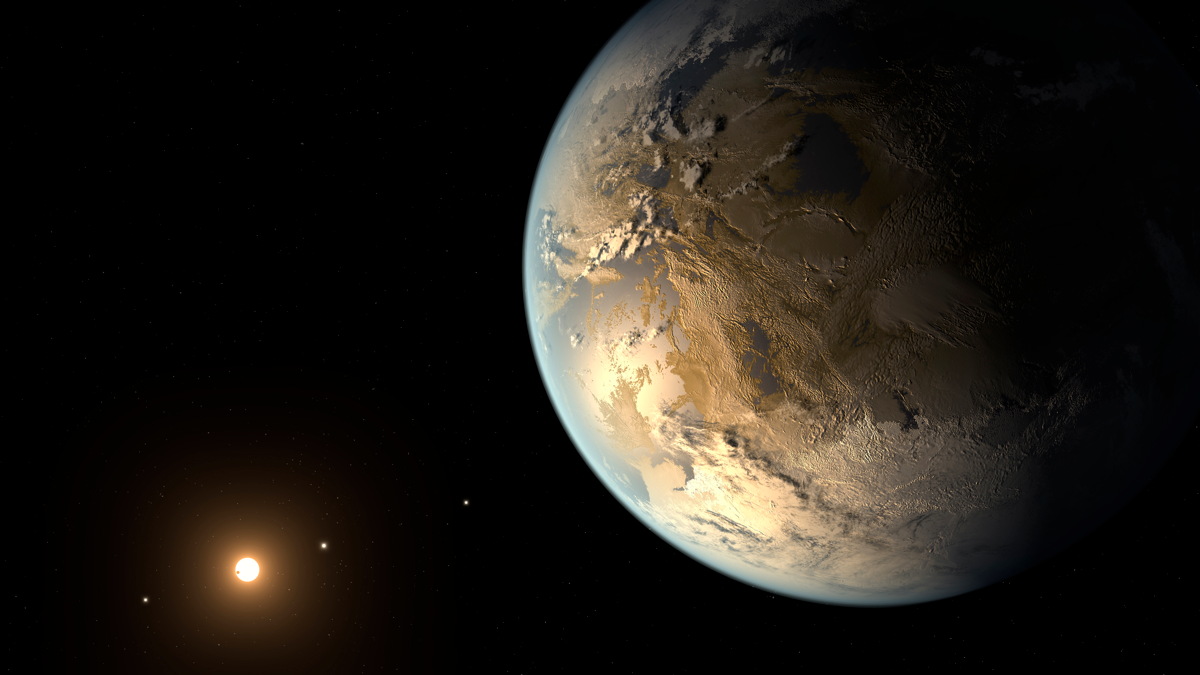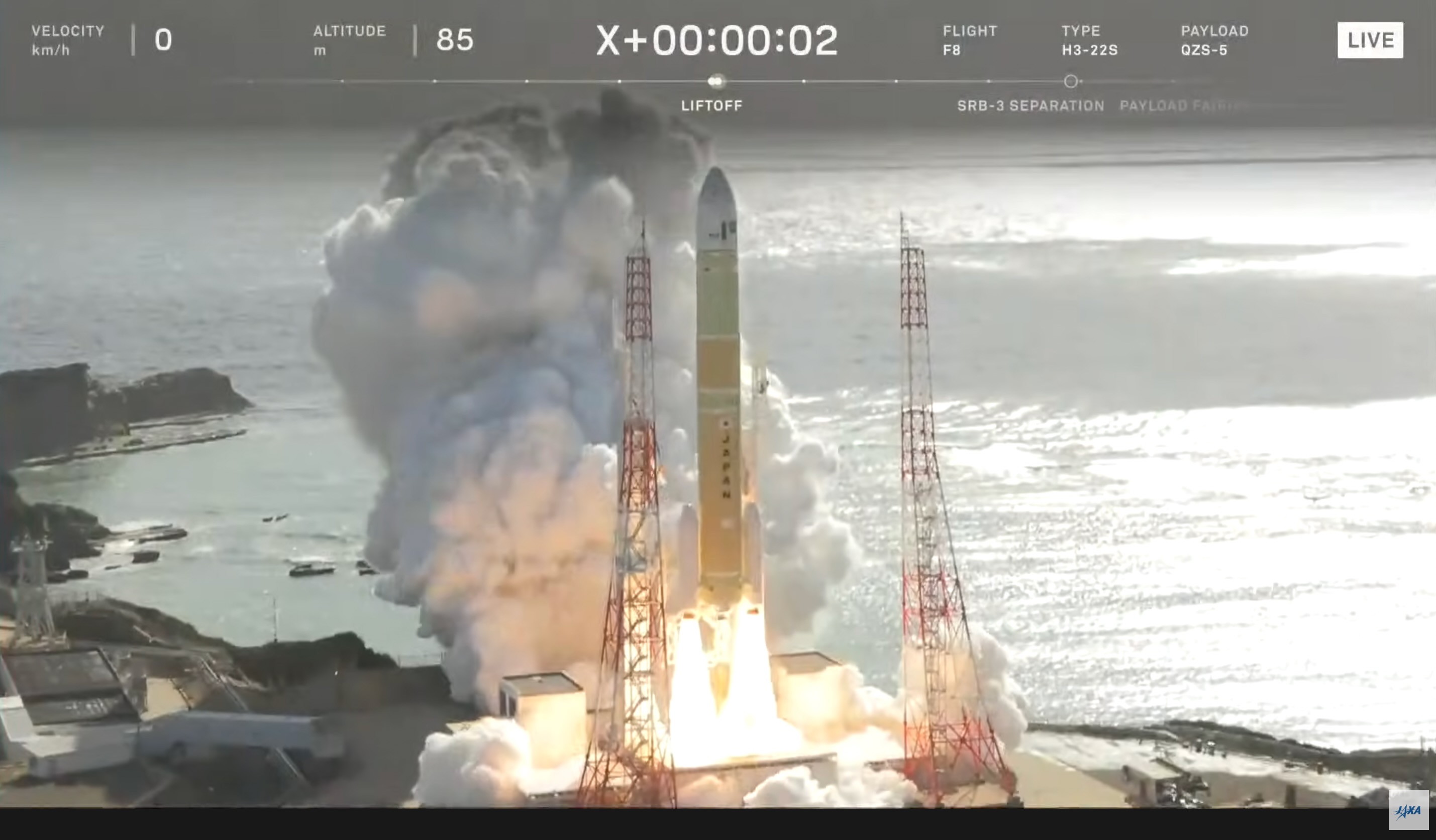Alien Worlds Rich in Oxygen Still Might Not Harbor Life

Oxygen may not be quite as compelling a sign of alien life as astrobiologists had thought, a new study suggests.
Researchers running laboratory experiments with various types of simulated exoplanet atmospheres managed to generate oxygen, as well as carbon-containing organic molecules, the chemical building blocks of life as we know it.
"People used to suggest that oxygen and organics being present together indicates life, but we produced them abiotically in multiple simulations," study lead author Chao He, of the Department of Earth and Planetary Sciences at Johns Hopkins University in Baltimore, said in a statement. "This suggests that even the co-presence of commonly accepted biosignatures could be a false positive for life." [10 Exoplanets That Could Host Alien Life]
The vast majority of the molecular oxygen (O2) in Earth's atmosphere — and the stuff makes up about 20 percent of our air — is pumped out by plants and photosynthetic microbes. So, astrobiologists and planetary scientists have long regarded oxygen as a key target in the search for alien life.
For example, many researchers argue that finding both oxygen and methane in an exoplanet's atmosphere would be a strong indicator of biological activity. The two gases cannot coexist for long, so their combined presence would suggest continuous renewal. And methane, like oxygen, is a common metabolic byproduct here on Earth, so renewal by life would seem like a reasonable inference.
This isn't to say that such a find would be hailed as proof of life, however. There would likely be too much uncertainty to make, or buy into, an unambiguous claim.
Part of that uncertainty would stem from an incomplete understanding of the exoplanet on which the oxygen and methane (or other potential biosignatures) were found. Perhaps there's some weird abiotic chemistry going on there that mimics the atmospheric signals that life produces here on Earth.
Breaking space news, the latest updates on rocket launches, skywatching events and more!
The new study suggests that such concerns are indeed justified. He and his colleagues worked with nine different gas mixtures, which were consistent with what may be found in the atmospheres of super-Earth or mini-Neptune alien planets. (As their names suggest, these two classes of alien worlds are more massive than Earth but less bulky than ice giants such as Neptune and Uranus.)
The researchers exposed the various mixtures — which contained gases such as carbon dioxide, water, methane and ammonia — to temperatures ranging from 80 degrees Fahrenheit to 700 degrees F (27 to 370 degrees Celsius). And they zapped the gaseous brews with one of two types of reaction-stimulating energy — ultraviolet light and plasma.
The team checked each concoction after three days, identifying the compounds that had been produced using a mass spectrometer. Multiple setups generated oxygen and organics such as formaldehyde and hydrogen cyanide, the researchers said.
The study was published Dec. 11 in the journal ACS Earth and Space Chemistry.
Mike Wall's book about the search for alien life, "Out There" (Grand Central Publishing, 2018; illustrated by Karl Tate) is out now. Follow him on Twitter @michaeldwall. Follow us @Spacedotcom or Facebook. Originally published on Space.com.

Michael Wall is a Senior Space Writer with Space.com and joined the team in 2010. He primarily covers exoplanets, spaceflight and military space, but has been known to dabble in the space art beat. His book about the search for alien life, "Out There," was published on Nov. 13, 2018. Before becoming a science writer, Michael worked as a herpetologist and wildlife biologist. He has a Ph.D. in evolutionary biology from the University of Sydney, Australia, a bachelor's degree from the University of Arizona, and a graduate certificate in science writing from the University of California, Santa Cruz. To find out what his latest project is, you can follow Michael on Twitter.

